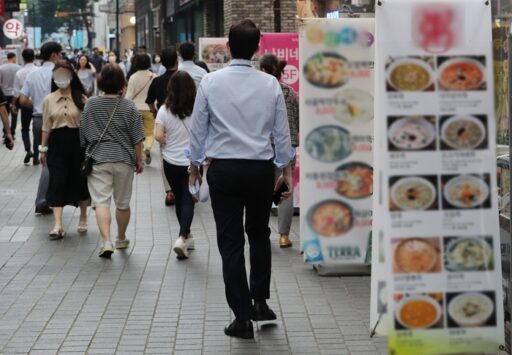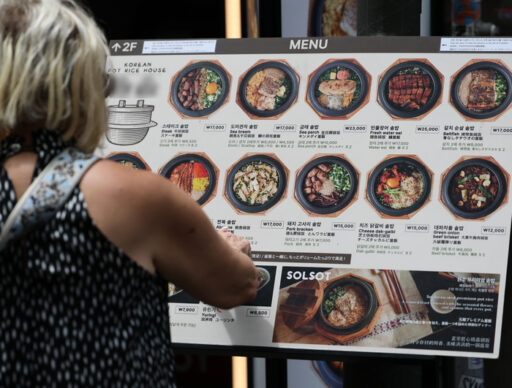The restaurant industry's economy shows slight signs of recovery
The restaurant industry has recently faced challenges due to the economic downturn and the effects of martial law, but it is showing slight signs of recovery in the second quarter.
According to the 'Restaurant Industry Economic Trends Index Report' released by the Korea Agro-Fisheries & Food Trade Corporation (aT) on the 4th, the business index for the restaurant industry (current index) in the second quarter of this year is 72.76, up 2.00 points from the first quarter (70.76).
This figure still falls short of the benchmark (100), but it indicates a rebound after hitting rock bottom.

This index is based on a survey of 3,000 restaurant businesses, and a score below 100 signifies that more businesses experienced a decrease in sales compared to the same period last year.
The restaurant industry's business index rose to 89.84 in the third quarter of 2022 but then declined, dropping to the 70s in the third quarter of 2023. In the first quarter of this year, it reached 70.76, marking the lowest figure since the first quarter of 2021 (66.01), when COVID-19 was widespread.
The report attributes the increase in the second quarter index to the recovery of consumer sentiment due to a resolution of political uncertainty and an increased demand for cold foods due to early heat.

This trend is also reflected similarly in other economic indicators.
Recovery in different sectors led by the increase in demand for cold food
Looking at the sectors, the institutional cafeteria industry (95.78) recorded the highest index, followed by the pizza, hamburger, sandwich, and similar restaurants industry (88.72) and coffee shops (83.23).
The sectors that saw the largest increase compared to the previous quarter include Korean noodle restaurants (9.2 points), kimbap and other convenience restaurants (7.54 points), draft beer specialty shops (70.4 points), and pizza, hamburger, and sandwich restaurants (6.12 points).
This upward trend is primarily associated with the increased demand for cold foods like naengmyeon (cold noodles), draft beer, and beverages. In the case of kimbap and other convenience restaurants, the significant decline in the first quarter had a base effect.

On the other hand, the catering services industry (-7.67 points), other foreign restaurants (-4.73 points), and general entertainment bars (-2.33 points) experienced significant declines from the previous quarter.
The forecast index for the restaurant industry's economy in the third quarter is 82.43, representing an increase of 1.36 points from the second quarter. This is a reflection of expectations that government policies to stimulate consumption will contribute to the recovery of the restaurant industry's sales in the second half of the year.
Professor Oh Yun-seon from the Department of Restaurant Startup and Franchise Studies at Sejong Cyber University analyzed in a column that “lower-ticket sectors such as Korean noodle dishes, kimbap, and pizza saw increased sales as consumers began to open their wallets. However, sectors focused on Japanese cuisine, catering, and banquets have continued to experience sales declines.”
He further stated, “The economic downturn is sending a strong signal that consumer behavior is changing,” adding that dining out is becoming “not a light daily expense” but rather “selective spending” in the current high inflation situation.
However, it is noted that restaurant businesses are facing various cost burdens, including raw material costs, labor costs, rent, and platform fees, making it challenging to achieve a significant improvement in profitability even if sales temporarily increase.
Professor Jin Hyun-jeong from Chung-Ang University stated in a column included in the report that “now is the time for comprehensive discussions and initiatives aimed at enhancing the competitiveness of the restaurant industry, innovating the cost structure, and stabilizing prices.”
Image source: Reference material for understanding the article / News1, reference material for understanding the article / Getty Images Bank.


